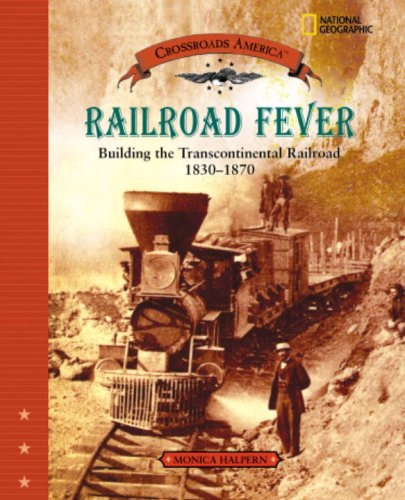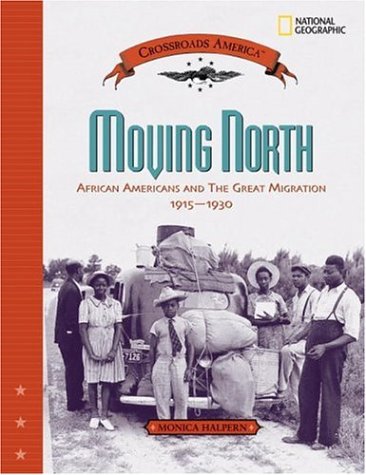My Lists
Featured Lists
REVIEWS
School Library Journal
Reviewed on July 1, 2004
Gr 4-6 Arranged in six chapters with one-page subtopics, this book presents a brief but thorough discussion of the railroad as it relates to the history, environment, and social conditions in the United States. Halpern covers the need for improved transportation, the planning and funding of the railroad, the opposition to its construction, the workers and working conditions, the "great...Log In or Sign Up to Read More




